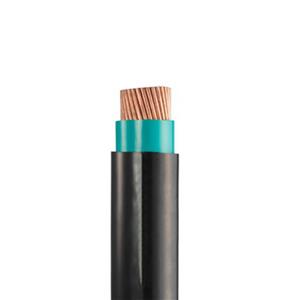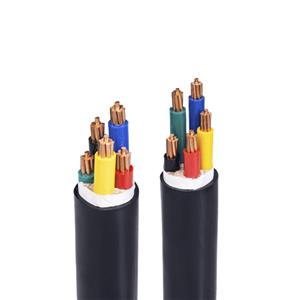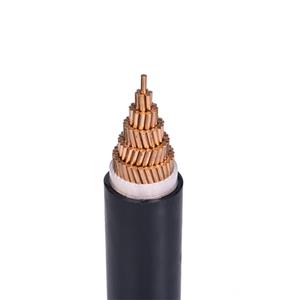Do you know the difference between fire resistance and flame retardancy?
The concepts of fire resistance and flame retardancy, ZR stands for flame retardancy, which means that flame retardant is added to the PVC insulation to prevent the external insulation from burning and automatically extinguish after the fire source is eliminated. NH stands for fire resistance, which means that a layer of mica tape is added between the PVC insulation and the copper conductor to separate the flame and the conductor when the outside world is on fire, so that normal power supply can be provided within a certain period of time, but its insulation material is the same as that of ordinary BV (insulated cloth wire) wire; the two principles are different: flame retardant cables use the flame retardant effect of halogen to achieve the purpose of extinguishing fire, while fire-resistant cables use a mica material, which has the characteristics of fire resistance and heat resistance.
What are the differences between different flame retardant levels? According to GB/T18380-2022 "Combustion Test of Cables and Optical Cables under Flame Conditions", this specification is divided into Class A, Class B, Class C, Class D (wires and cables with a diameter of less than or equal to 12mm) and Class AF/R (special cables in special devices) according to the use occasion (cable laying status) and the volume content of non-metallic materials. It is used to evaluate the ability of vertically installed bundled wires and cables or optical cables to suppress the vertical spread of flames under specified conditions.
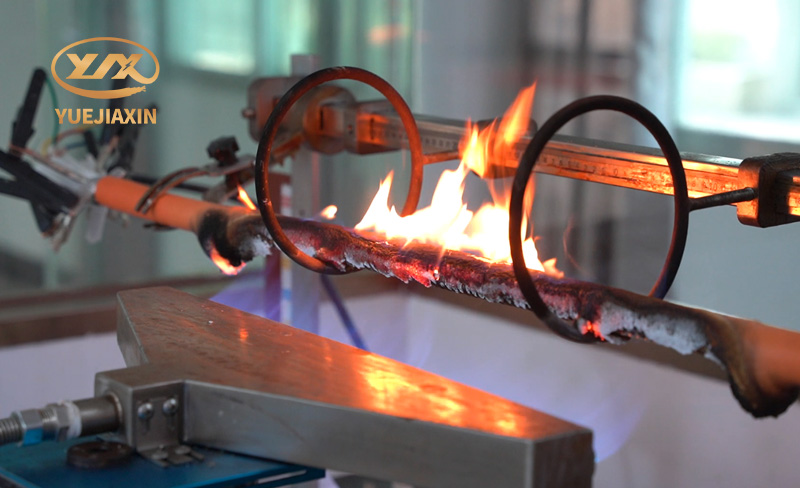
Flame retardant category A: The cable is installed on the test steel ladder so that the total volume of the non-metallic material in the test is 7L/m, the fire supply time is 40 minutes, after the cable stops burning, wipe the sample dry, and the maximum carbonization range of the sample is not higher than 2.5m from the bottom of the blowtorch;
Flame retardant category B: The cable is installed on the test steel ladder so that the total volume of the non-metallic material in the test is 3.5L/m, the fire supply time is 40 minutes, after the cable stops burning, wipe the sample dry, and the maximum carbonization range of the sample is not higher than 2.5m from the bottom of the blowtorch;
Flame retardant category C: The cable is installed on the test steel ladder so that the total volume of the non-metallic material in the test is 1.5L/m, the fire supply time is 20 minutes, after the cable stops burning, wipe the sample dry, and the maximum carbonization range of the sample is not higher than 2.5m from the bottom of the blowtorch.
Let's compare different cables.
Ordinary cables are neither flame retardant nor fire resistant. For example, 1. Ordinary polyvinyl chloride emits toxic smoke when burning and is not suitable for underground passenger facilities, underground commercial areas and important public facilities. 2. Cross-linked polyethylene is not flame retardant, but it will not produce a lot of toxic smoke when burned, so it is suitable for industrial and civil buildings with clean requirements. 3. Rubber wires and cables have good bending properties and can be laid in cold climates. They are suitable for places with large horizontal height differences and vertical laying, as well as power supply lines for mobile electrical equipment.
Flame-retardant wires and cables can limit the spread of flames to a limited range. After the fire source is removed, the residual flames and residual burning can extinguish themselves within a limited time. For example, for B1 and B2 cables, flame-retardant wires and cables should be used when they are laid in bundles. Cables in the same channel should use the same flame retardant grade, and flame-retardant and non-flame-retardant cables should not be laid in the same channel.
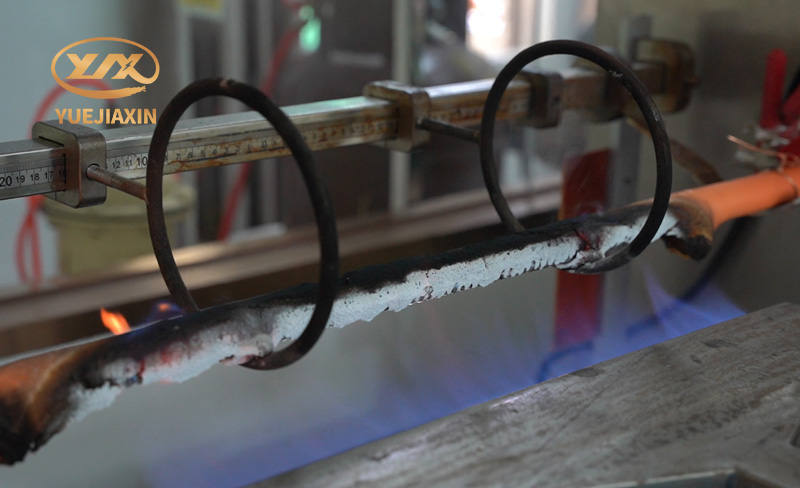
Fire-resistant wires and cables can limit the spread of flames to a limited range. After the fire source is removed, the residual flames and residual burning can extinguish themselves within a limited time. For example, organic mica tape (non-flame retardant) and inorganic magnesium oxide (flame retardant) are used in lines that need to maintain normal operation in the event of a fire, such as fire protection systems, emergency lighting systems, life-saving systems, alarms and important monitoring circuits in industrial and civil buildings.

